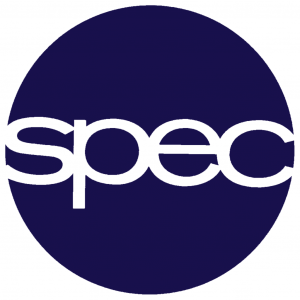Résumé :
Cette thèse décrit deux expériences mettant en lumière l’existence d’un dégré de liberté fermionique dans l’effet Josephson: le doublet d’Andreev. Elles sont toutes les deux réalisées sur l’élément Josephson le plus élémentaire qui soit, un contact atomique entre deux électrodes supraconductrices.
Dans la première, nous avons réalisé la spectroscopie photonique de ce système à deux niveaux, en utilisant une jonction Josephson à la fois en tant qu’émetteur et détecteur microonde. On peut bien rendre compte des spectres observés avec un modèle spin-boson incluant le doublet d’Andreev et un mode électromagnetique de l’environnement.
Dans la seconde, nous avons observé la disparition du supercourant, qui traduit le piégeage spontané d’une quasiparticule dans l’un des deux états liés d’Andreev.
Mots-clés : Supraconductivité – Effet Josephson – Etats liés d’Andreev – Contact atomique – Physique mésoscopique – Basses températures – Spectroscopie.
Localized excitations in superconducting atomic contacts: probing the Andreev doublet
Abstract:
This thesis discusses two experiments highlighting the existence of a fermionic degree of freedom in the Josephson effect: the Andreev doublet. They are both performed on the most basic Josephson element, a one-atom contact between two superconducting electrodes.
In the first one we achieved the photon-absorption spectroscopy of this two-level system, using a Josephson junction as an integrated on-chip microwave emitter and detector. The observed spectra are well accounted for by a spin-boson model including the Andreev doublet and an electromagnetic mode of the environment.
In the second experiment, we observed the disappearance of the supercurrent, which reflects the spontaneous trapping of a quasiparticle in one of two Andreev bound states.
Keywords: Superconductivity – Josephson effect – Andreev bound states – Atomic contact – Mesoscopic physics – Low temperatures – Spectroscopy
SPEC (Groupe Quantroqnique)




